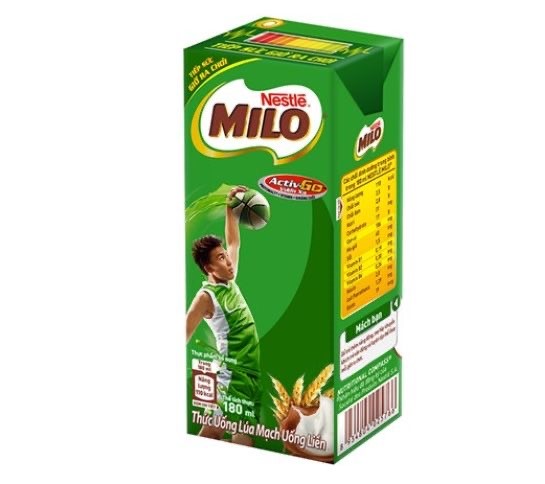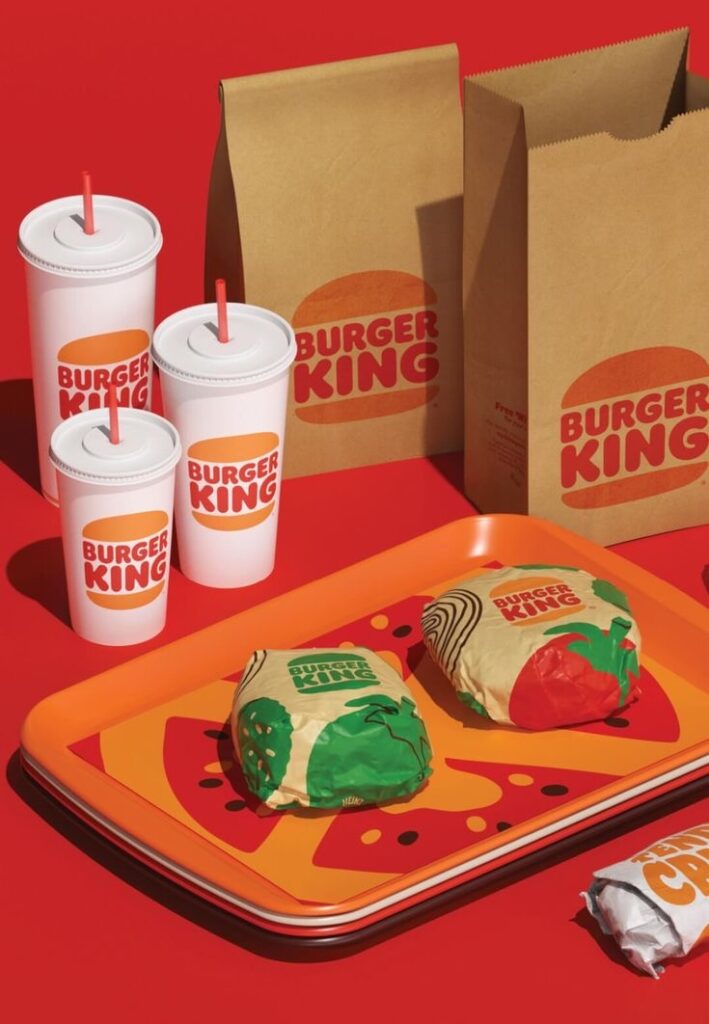In the intricate realm of marketing, the selection of colors is far from capricious. It forms an integral component of a meticulously choreographed strategy deeply rooted in the psychology of color. Colors wield remarkable power, capable of evoking emotions and instigating profound psychological reactions. Thus, they are an indispensable element in the artistry of formulating compelling marketing campaigns that strike a harmonious chord with discerning target audiences.
Understanding these emotional triggers is essential to maximizing the persuasive power of color in marketing. Each color carries a unique emotional resonance. For example, red is intrinsically tied to strong feelings like love and passion. Additionally, it conveys urgency and encourages quick action. It’s no accident that red often adorns clearance sale signs or graces “Buy Now” buttons on e-commerce platforms, enticing customers to make decisions promptly.
On the other hand, blue serves as a strong anchor of reliability and enduring confidence. It features in the branding of financial institutions, internet giants, and healthcare watchdogs. With blue raising the calming flag of security and unwavering stability, the intention is to foster a sanctuary of trust and certainty within the audience’s psyche.
yellow possesses the power to inspire a sense of joy and a bright outlook. Companies like McDonald’s skillfully use yellow to create an environment brimming with optimism and excitement, ensuring that every dining experience transforms into a delightful celebration of joy.

Green, reminiscent of nature’s lush embrace, signifies not only vitality but also a profound commitment to health and environmental sensitivity. It weaves a tapestry of balance and harmony, resonating with consumers who embrace a life centered around well-being and ecological mindfulness.
Black, a color steeped in opulence, grace, and an air of exclusivity, is the preferred palette of esteemed brands like Chanel and Rolex. It serves as the embodiment of elegance and prestige, unfurling its obsidian allure when the narrative shifts towards the exclusive and prestigious realms.
Orange, a vibrant and passionate color, excels at evoking feelings of pleasure and unbridled enthusiasm. Brands that appreciate youthful exuberance and adventurous experiences often harness the energetic power of orange to entice customers to engage in the joyful art of participation.
Purple reveals its multifaceted identity as both the regal symbol of luxury and inventiveness. Beyond its associations with aristocracy and opulence, it exudes an aura of creative brilliance and boundless imagination. Brands like Cadbury use the allure of purple to whet consumers’ appetites for indulgence and flights of fancy, creating a unique and unforgettable sensory experience.
However, one must tread cautiously through the labyrinth of cultural complexity because the psychological resonance of color is a tapestry woven from diverse threads. While some colors possess universal meanings, others undergo shifts in connotation across the globe. For instance, while white represents innocence and purity in Western cultures, it signals grief in certain parts of the East. Such a spectrum of colors shapes our perceptions across the world.However, one must tread cautiously through the labyrinth of cultural complexity because the psychological resonance of color is a tapestry woven from diverse threads. While some colors possess universal meanings, others undergo shifts in connotation across the globe. For instance, while white represents innocence and purity in Western cultures, it signals grief in certain parts of the East indicating how spectrums of color shape our perceptions across the world.

The imperative of maintaining consistency in the use of colour goes beyond mere aesthetics; it serves as a cornerstone for the esteemed recognition of a brand. By meticulously crafting a strong and cohesive colour palette that seamlessly runs through all aspects of their marketing efforts, businesses offer consumers a priceless gift – the ease of identification and the enduring power of remembrance. Consider, for instance, the iconic crimson that harmoniously dances with Coca-Cola’s brand identity or the unmistakable azure that Facebook wears as its digital cloak. These are not just colours; they are the very essence of brand personas etched into our collective consciousness.
Today’s marketers employ powerful technologies like A/B testing to unravel the mysteries surrounding the impact of colour on consumer behavior. They meticulously compare various colour schemes found in websites or advertisements, analyzing the data to determine which combinations yield the most favorable results. This empirical journey delves into the inner workings of click-through rates, conversions, and the entire symphony of consumer interaction, transforming colour from a purely aesthetic choice into a strategic lever that shapes the destiny of brands in the digital realm.
The psychology of colour unfurls as a potent tool in the marketing kaleidoscope, a sorcerer’s instrument to orchestrate the symphony of consumer behavior. When we delve into the intricate alchemy of colours, we discover a universe where each hue evokes a unique and complex tapestry of emotions and sensations. This is the melting pot of creative power in the marketing world, where decisions regarding branding, packaging, site design, and advertising transcend the ordinary and venture into the realm of strategic enchantment.
In this fantastical journey, colours transform into emotional messengers, weaving intricate spells that form the very foundation of connections between businesses and their coveted audiences. With the finesse of seasoned enchanters, marketers summon these chromatic enchantments to steer the course of desire, beckoning forth the desired outcomes. Within the mesmerizing realm of marketing, colour transcends its role as a mere visual element; it metamorphoses into a psychological instrument, wielded with mastery and panache.
Sources
- https://www.helpscout.com/blog/psychology-of-color/#:~:text=Color%20psychology%20is%20the%20study,brands%20or%20make%20a%20purchase.
- https://blog.hubspot.com/the-hustle/psychology-of-color?hs_amp=true
- https://www.colorpsychology.org/color-psychology-marketing/
- https://texascreative.com/blog/psychology-color-marketing




